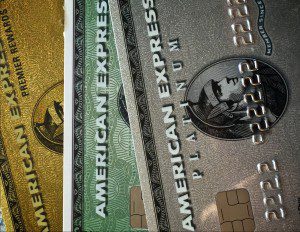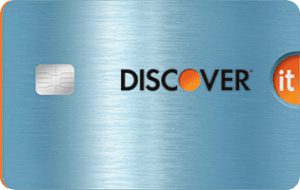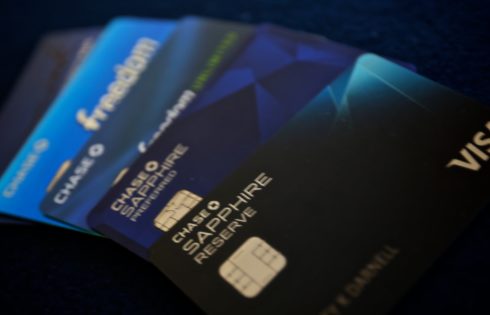
Is the Capital One Venture Rewards Credit Card Worth it?
The Capital One Venture Rewards Credit Card is a well-known travel rewards credit card due to the high amount of publicity and celebrity endorsements it receives on a constant basis.

The Capital One Venture Rewards Credit Card is a well-known travel rewards credit card due to the high amount of publicity and celebrity endorsements it receives on a constant basis.

Offers contained within this article maybe expired. American Express is one of the major rewards programs that I think everyone should try to get on board with at some time.

Discover is like American Express in that it acts as the credit card issuer and also its own payment network. Over the years, Discover has emerged as one of the

The Bank of America® Premium Rewards® Credit Card is one of the newest travel credit cards available on the market and many might be wondering if it makes sense to apply for

The Citi Prestige® Card application link for 75,000 is finally live, via DOC. 75,000 is a lot of points but there are some questions you might want to think about before

We’ve seen an onslaught of new premium cards enter the market in the last year. And for the premium cards that were already here, we’ve seen them undergo significant changes.

With new changes coming to the Citi Prestige® Card, a lot of people will be wondering how the new Prestige holds up to a card like The Platinum Card® from American Express,

American Airlines is unique in that it offers credit cards with two separate issuers: Barclaycard and Citibank. Both of these issuers offer great sign-up bonuses and make these cards some

There are so many choices to choose from when choosing a cash back credit card. Especially if you’re a beginner, all of the many options make coming to a decision

A lot of newcomers are instantly attracted to the Southwest credit cards. I think this is because so many people fly Southwest and the cards are well marketed. Despite a lot
| Cookie | Duration | Description |
|---|---|---|
| cookielawinfo-checkbox-analytics | 11 months | This cookie is set by GDPR Cookie Consent plugin. The cookie is used to store the user consent for the cookies in the category "Analytics". |
| cookielawinfo-checkbox-functional | 11 months | The cookie is set by GDPR cookie consent to record the user consent for the cookies in the category "Functional". |
| cookielawinfo-checkbox-necessary | 11 months | This cookie is set by GDPR Cookie Consent plugin. The cookies is used to store the user consent for the cookies in the category "Necessary". |
| cookielawinfo-checkbox-others | 11 months | This cookie is set by GDPR Cookie Consent plugin. The cookie is used to store the user consent for the cookies in the category "Other. |
| cookielawinfo-checkbox-performance | 11 months | This cookie is set by GDPR Cookie Consent plugin. The cookie is used to store the user consent for the cookies in the category "Performance". |
| viewed_cookie_policy | 11 months | The cookie is set by the GDPR Cookie Consent plugin and is used to store whether or not user has consented to the use of cookies. It does not store any personal data. |
